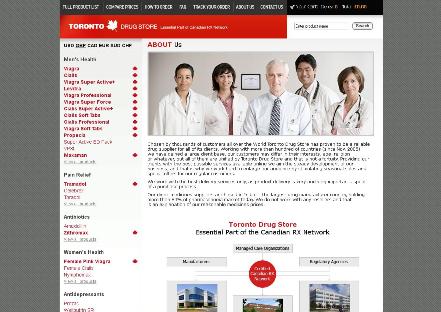Erythromycin for Acne: Benefits and Usage Guide
How Erythromycin Works Against Acne-causing Bacteria
When battling stubborn acne, it’s easy to overlook what’s happening beneath the surface. Deep in the pores, bacteria called *Cutibacterium acnes* thrive and trigger inflammation, fueling those persistent breakouts. Erythromycin, a powerful antibiotic, targets these bacteria at their source. By stopping the bacteria’s ability to grow and multiply, erythromycin helps calm skin and reduce redness.
Consistent use of erythromycin hinders acne flare-ups by breaking the cycle of infection and inflammation. Over time, patients notice clearer, more even-toned skin as the antibiotic reduces both the count and activity of acne-causing bacteria.
| Action | Benefit |
|---|---|
| Inhibits bacterial growth | Reduces acne lesions |
| Decreases inflammation | Softer, less irritated skin |
Different Forms of Erythromycin for Acne Treatment

Erythromycin is available in several formulations to cater to different acne severities and skin types. Topical treatments are among the most common, coming in gels, creams, and solutions applied directly to the skin. These forms are particularly beneficial for targeting mild to moderate acne, as they deliver the medication right to the affected pores.
For more severe or widespread acne, oral erythromycin tablets might be prescribed. By entering the bloodstream, the antibiotic can tackle inflammation and bacteria from within, making it useful for deeper or resistant breakouts. Sometimes, erythromycin is combined with other ingredients, such as benzoyl peroxide, to increase effectiveness and minimize bacterial resistance.
Your dermatologist will choose the most suitable option based on your condition and tolerance. Regardless of the form, consistent use under medical guidance is key for achieving the best results.
Key Benefits of Using Erythromycin for Acne
Many people battling persistent acne feel frustrated when typical remedies fail to clear their skin. Erythromycin offers hope with its targeted action―it tackles the root cause by inhibiting the growth of acne-causing bacteria directly within pores. This antibiotic not only helps reduce the number and severity of breakouts but also eases the redness and swelling that come with inflamed pimples, often making a visible difference in a matter of weeks.
With consistent use as prescribed by a dermatologist, erythromycin can lead to clearer, smoother skin and boost self-confidence for those who have struggled with acne. Additionally, it’s often considered a suitable choice for individuals who may not tolerate other, stronger acne medications. For many, erythromycin becomes a crucial tool in regaining healthy, blemish-free skin.
Potential Side Effects and How to Manage Them

Erythromycin, while generally well-tolerated, can occasionally trigger mild gastrointestinal disturbances, such as stomach upset, nausea, or diarrhea. Some individuals may also experience skin irritation, redness, or dryness, particularly with topical formulations. These side effects are usually manageable by taking oral erythromycin with food or using a gentle moisturizer to soothe skin discomfort.
To reduce the risk of unwanted reactions, begin with a lower strength and gradually increase as advised by your healthcare provider. Staying consistent with the prescribed routine and reporting any severe or persistent symptoms to your doctor promptly ensures the safest and most effective use of erythromycin in your skincare journey.
Tips for Maximizing Erythromycin’s Effectiveness
Consistency is crucial when using erythromycin for acne—make it part of your daily routine to see the best results. Always apply the medication as prescribed, whether it’s a topical gel or oral tablet, and avoid skipping doses. Pairing erythromycin with a gentle cleanser helps reduce irritation and improves absorption. Resist the urge to pick or squeeze blemishes, as this can slow healing and increase scarring.
For best outcomes, avoid using harsh exfoliants or other acne medications unless approved by your doctor. Remember, patience is key—most people notice improvement after several weeks. Staying hydrated and maintaining a healthy diet also supports clearer skin.
| Tip | Benefit |
|---|---|
| Apply as prescribed | Maximizes effectiveness |
| Use gentle cleanser | Reduces irritation |
| Avoid harsh products | Prevents adverse reactions |
| Be patient | Allows time for visible results |
Frequently Asked Questions about Erythromycin Use
Many patients wonder how long it takes to see visible improvement with erythromycin. Generally, some individuals notice changes within a few weeks, but optimal results may take up to 12 weeks. Another common question concerns diet and lifestyle while using erythromycin—there are no strict restrictions, but a balanced diet can support overall skin health. Users also ask if erythromycin can be combined with other acne medications. Often, dermatologists prescribe it alongside topical treatments like benzoyl peroxide, but always consult your doctor before adding anything new. Finally, some worry about resistance; using erythromycin exactly as prescribed helps reduce this risk and keeps the treatment effective.



